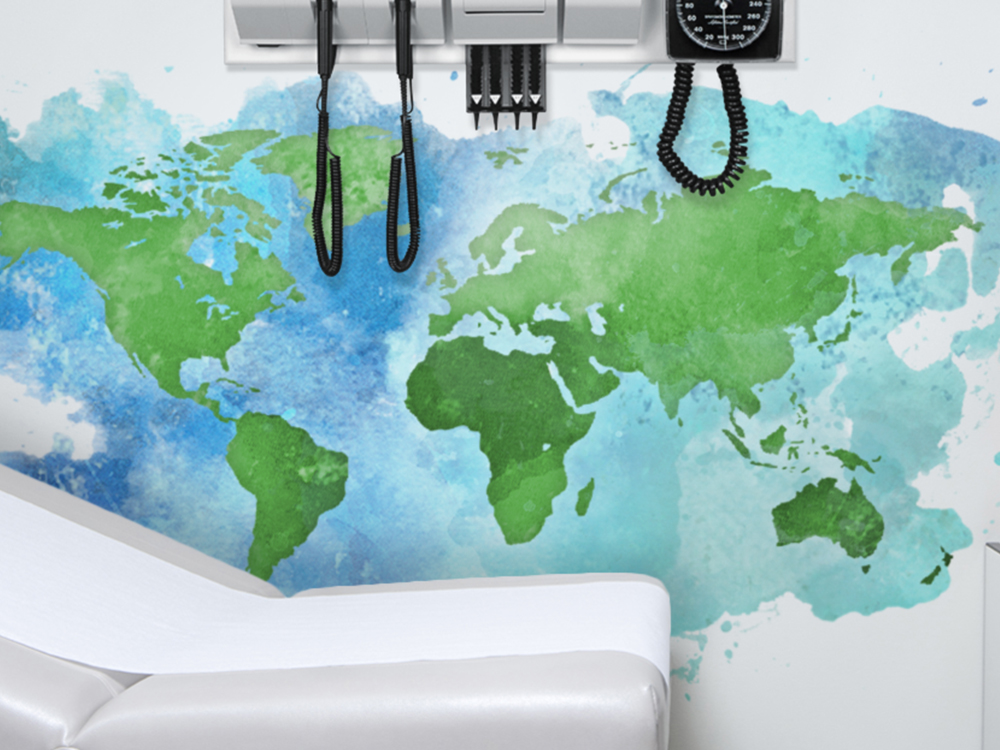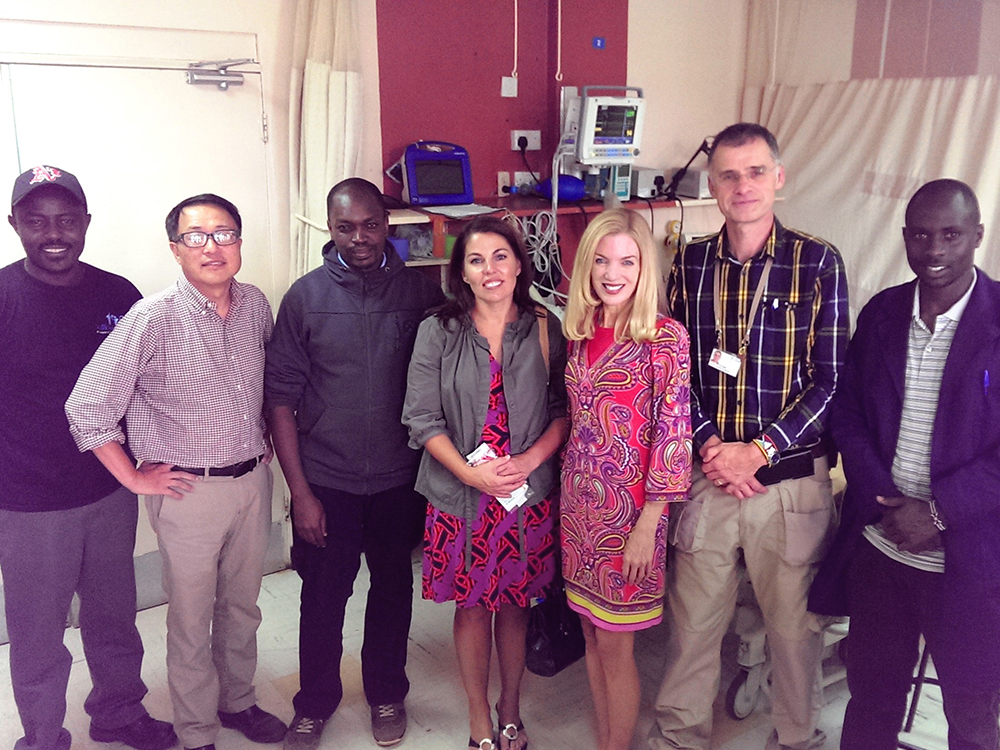4 Key Questions to Ask When Purchasing Medical Equipment for a Mission
July 9, 2018

Preparing for a medical mission trip is an exciting process. However, you may also have many questions running through your mind — especially if this is your first mission trip. Some of the most common questions people have include the following:
- What is my calling to serve?
- Where is my help needed?
- Should I travel alone or with a mission organization?
- How will I get to my destination?
Beyond this list of initial questions lies a completely different set of questions regarding the purchase of medical equipment for your mission. You may wonder if you have the knowledge to select the proper equipment for your mission or how you can find a trusted medical equipment supplier.
Fortunately, you can narrow the list of potential equipment suppliers and equipment options by considering a supplier’s experience and the type of environment where you will be working. Below are four questions to ask when purchasing medical equipment for a mission trip:
1. What is the supplier’s experience with medical mission groups?
A quick internet search can bring up thousands of medical equipment companies. However, it can be challenging to find a company with experience supplying equipment to medical mission groups and non-profit organizations.
Many medical mission groups travel to developing countries where hospitals may or may not have a consistent power source. Items may require a long-life battery backup if a generator is not available. Other factors to consider as you evaluate equipment companies include the following:
- Power sources may require 220 volts instead of the standard 110 volts in the USA.
- A hospital’s proximity to the grid or main power source can affect equipment functionality.
- Some equipment will not work well with a transformer.
- Extreme heat and humidity in various regions can impact equipment functionality.
Don’t be afraid to ask your medical equipment supplier for references and mission groups they have worked with in the past. Experienced suppliers will be proud to share information about past and present projects.
2. Is the equipment appropriate for the facility you are visiting?
No two clinics or hospitals within a country are exactly alike. Some possess higher levels of technology while others lack the basic necessities. The better prepared you are for the facility you are visiting, the better the outcome for the mission. If you have a local point of contact/organizer, ask about the equipment being used in the hospital. Ask if they face any challenges operating their equipment and why they have discarded equipment in the past.
Confirming the equipment currently being used in the facility unlocks a treasure trove of information. When you are aware of the level of technology in a facility, you can make purchasing decisions that will benefit the facility now as well as in the future.
3. Is the equipment sustainable long-term?
A top priority for medical equipment purchased is sustainability. The best way to determine if equipment is sustainable is to confirm the availability of an onsite technician or biomedical engineer. If a technician is not available, what staff member plans to service the equipment or at least troubleshoot the equipment on site? The equipment may never be used again if the level of technology is too advanced because it will not be supported by local staff. Medical equipment that was once a wonderful gift can quickly become medical waste if not properly maintained.
Confirm short term and long-term expectations for use of equipment. Does the hospital have what it needs to meet and exceed these expectations? Ask yourself what consumables you will require over the time frame of you mission and consider bringing an inventory of consumables. Confirm if you require pediatric or adult accessories with your equipment. If you bring equipment with adult accessories and the facility is only seeing pediatric patients, your equipment and accessories will be less appropriate for long-term use.
4. What type of ongoing support is available?
A key factor in the sustainability of the equipment is the availability of support from the supplier. As you evaluate suppliers, be sure to ask the following questions:
- Does the supplier provide onsite training or distance learning opportunities?
- Will you have access to the spare parts you will need?
- What type of ongoing support does the supplier provide?
The answers to the four questions above will determine the success of your next medical mission and the long-term sustainability of your equipment in a developing country.
Visit www.medvesttech.com/global-outreach for current equipment information, client case studies, and more.

